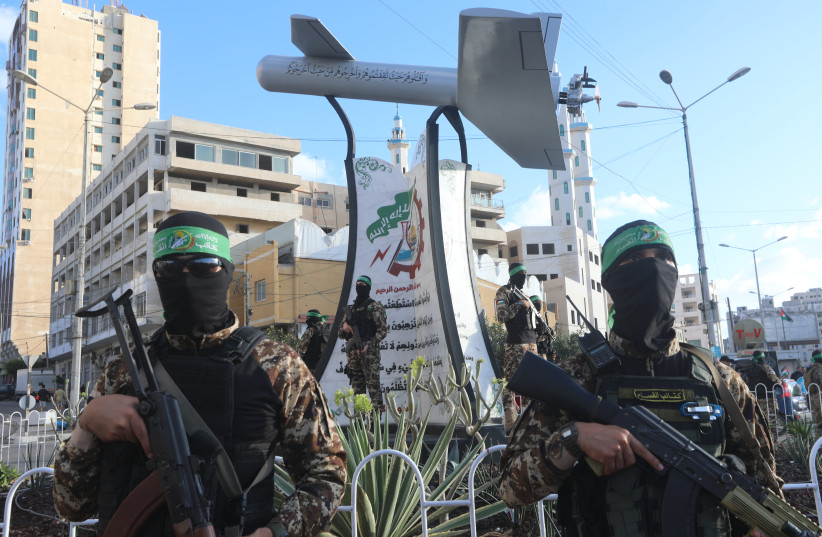The war in Gaza has proceeded in phases since the Hamas attack on Israel on October 7. In the wake of the devastating massacre, Israel launched an aerial bombing campaign.
In late October, it began a ground operation against northern Gaza, with most civilians evacuating to the south to avoid the fighting. They received extensive warnings from Israel to evacuate.
Now the war in Gaza is entering yet another stage. In early December, Israel launched an offensive into Khan Yunis, the hometown of Hamas leader Yahya Sinwar. This is a move to a more low-intensity type of conflict in Gaza, which means less heavy bombing and fewer major ground operations. Precision strikes will take the place of big operations.
What will happen to the civilian population?
This kind of war will go on forever, and there may be new phases. One question now surrounds the civilian population of Gaza. Some never even left northern Gaza, with thousands still there, and some will also return to their former neighborhoods.
Meanwhile, humanitarian aid continues to enter Gaza. There are also field hospitals in Gaza in which important countries in the region, such as Jordan, play a role.

The complexity of the situation is reflected in some of the key problems that have underpinned Hamas’s rule in Gaza over the past decade and a half. Many videos have shown gunmen jumping onto trucks entering Gaza with humanitarian aid. It is assumed they are Hamas gunmen, but there is a lack of clarification about why aid trucks would have gunmen escorting them. This leads to questions about how the aid is distributed.
Hamas is embedded in civilian infrastructure
For years, Hamas became well versed in ruling over Gaza’s civilian population via terrorist methods. While Hamas built hundreds of kilometers of tunnels underground, it was able to let international organizations and the UN continue to work aboveground. A symbiotic relationship developed: The poorer the Gazans became, the more international aid had to flow into Gaza.
Hamas has benefited from this. It could outsource much of the role of a government to international organizations, such as healthcare and education. It also benefited from not having to deal with a lot of the day-to-day issues that local governments have to do with.
According to the IDF, Hamas terrorist infrastructure was found in many schools and civilian areas, revealing how it exploited the humanitarian aid and work of international organizations and the UN to festoon Gaza with an unprecedented amount of terrorist infrastructure.
Now that a swath of Gaza has been impacted by the IDF, and Hamas has been eliminated from many areas, there are key questions about the next steps and how the civilians might be able to live without Hamas ruling their day-to-day lives.
So far, there does not appear to have been any attempt to change the way Gaza is ruled by Hamas. This means most of the civilians who evacuated have moved to southern Gaza.
Hamas appears to continue to control access to the area where civilians moved to, which means it can continue to exploit this population as well as its role as a mediator of humanitarian aid entering the civilian areas.
Can humanitarian aid ever enter Gaza via a corridor not controlled by Hamas? Will this become a goal in Gaza eventually? It would appear that the only way to remove Hamas from Gaza would be to remove its ability to control civilian areas and reoccupy them.
Enabling humanitarian aid to areas not under Hamas control would also appear to be a key element of establishing areas where civilians can live without Hamas policing their everyday lives and using them as human shields.
The countries that are providing aid to Gaza have not discussed this issue, which reflects the historic decision by aid organizations to simply not mention Hamas – even when it clearly operates in and near key civilian sites, such as hospitals.
